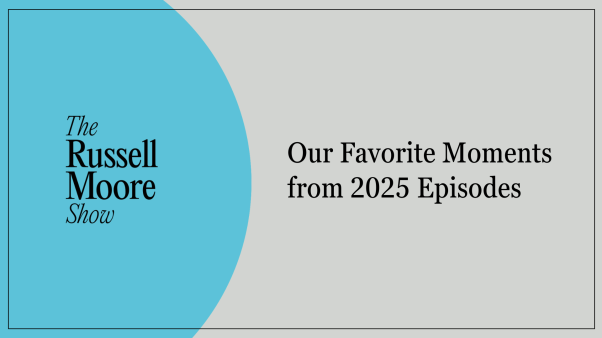What Lutherans Think And Do
A Study of Generations: Report of a Two-Year Study of 5,000 Lutherans Between the Ages of 15–65: Their Beliefs, Values, Attitudes, Behavior, by Merton P. Strommen, et al. (Augsburg, 1972, 411 pp., $12.50), is reviewed by Erling Jorstad, professor of history, St. Olaf College, Northfield, Minnesota.
This book is a major breakthrough for an informed understanding of Christianity in contemporary America. It is the result of a 740-question survey conducted in 1970 among 4,745 Lutherans throughout the United States on every conceivable phase of their “religious life.” Both laity and clergy were represented, and equal weight was given to the various age groups (hence the title, “A Study of Generations”), and to the three largest Lutheran bodies, the Lutheran Church in America, the Lutheran Church-Missouri Synod, and the American Lutheran Church. For the first time we have an astoundingly broad and deep insight into the values, beliefs, attitudes, and behavior of this religious family, which in its three largest bodies has some six million American church members. No other denomination has made so comprehensive a study.
The work was financed by a Lutheran insurance company, and the principal research was planned and executed by four scholars trained in behavioral science and opinion research; three of them are also Lutheran clergymen. They were aided by several dozen consultants and advisors. The work offers specialists in this field a valuable case study of model scholarship Using sophisticated research techniques. Any subsequent denominational study of such scope will have to come to terms with its precise methodology, explained both in professional jargon for the expert and in general terms for the average reader.
On another level, the book shows that such research can help destroy old stereotypes that Lutherans and non-Lutherans may have held about themselves—such as clannishness, and wide doctrinal differences among the alleged “conservative,” “moderate,” and “progressive” factions of the three bodies. The evidence simply shows that these and some other conceptions are not so. At the same time, other general impressions are now substantiated by the data: Lutherans do tend to be more Republican than Democratic, more white than blue collar, and more willing to base their interpretation of Christianity on the traditional Lutheran law-gospel dichotomy than are members of other mainline Protestant groups.
The candor and forthrightness of the questions and the willingness of the research team to publish all the answers suggests that denominations are now willing to expose their own shortcomings in public rather than trying to keep a slickly devised camouflage over that which is embarrassing. The survey reports on the incidence among Lutherans of seeing X-rated movies, engaging in deviant sexual practices, and using narcotics. In the study “Biblical ignorance,” 32 per cent said Deuteronomy was an Old Testament prophet.
In a masterful chapter, this reviewer’s favorite, the authors capture the essence of “Lutheran piety” and lay bare its essential teachings and practices. Surely, similar studies of the indigenous nature of other denominations would be of equally great value. The researchers also put to rest the older claim by some behavioral scientists operating in opinion research that Christians are more anti-Semitic than are non-Christians in America.
Readers of this magazine would be especially interested in the summaries of the questions on “Liberalism-Fundamentalism,” “Individual Christian Responsibility” and “Church Involvement in Social Issues” as well as questions and answers on glossolalia, pre-millennialism, the substitutionary atonement and related doctrines. The results, which will surprise many, are of great value in documenting now precisely what a very wide section of Lutherans really do believe and practice. Such knowledge can only help improve communication in this year of special concern for evangelism as Key 73 embraces Christians of all denominations.
The four authors conclude with excellent advice for Christian educators, pastors, and theologians. They point to areas where a good deal more formal attention is needed to correct misinformation they uncovered on subjects like foreign missions and the dual nature of Jesus as God and man. They show beyond any reasonable doubt the existence of a generation gap, and they suggest what the future generation expects from its churches. Such information will be of great help not only to Lutherans but also, since this body shares socio-economic characteristics and many doctrinal loyalties with other Protestant bodies, to all those who seek to know with precision what those who count themselves Christians in this country really do believe.
IN THE JOURNALS
An irregularly appearing evangelical journal, Inter-View, seeks to provide a forum for developing Christian leadership with a global perspective. The latest issue (Fall, 1972) includes articles and dialogues from Korea, Switzerland, India, and Japan as well as the states. (Box 276, Houghton, N. Y. 14744; $2.50/copy.)










